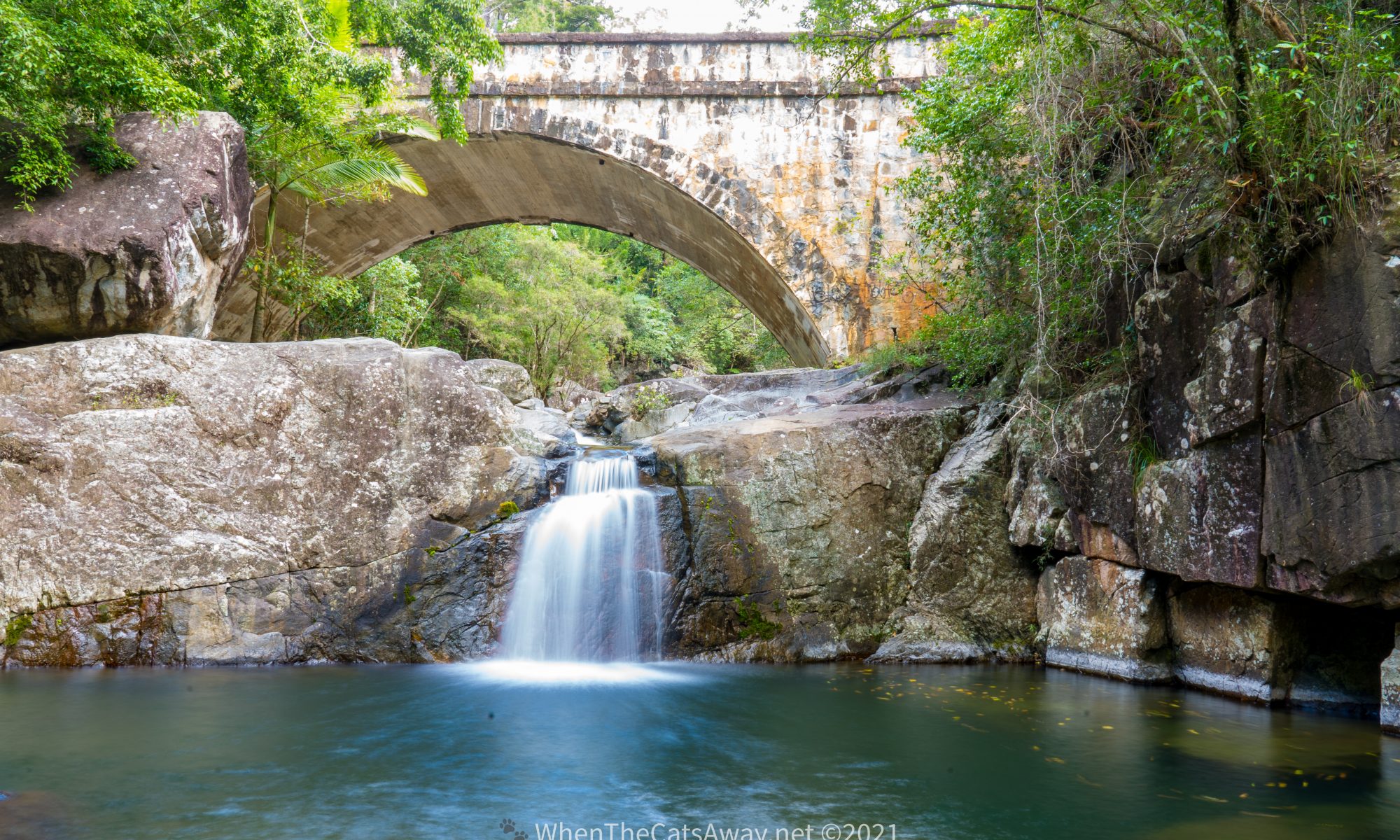Author: Mrs A
Location: Paluma Range National Park, Mutarnee, Balgal Beach and Townsville, Queensland, Australia
Having decided to stick around in Mutarnee for a few more days, we took a drive down to Balgal Beach, a nearby coastal settlement. There was listed a Golf and Country Club that served lunches, so we thought we would drive over and check it out. When you hear the words ‘Country Club’ you have visions of fine seafood platters, delicious wine and gourmet menus, with stunning views over landscaped grounds…but what was actually on offer was pretty basic pub grub in a rather ordinary setting. We decided not to have lunch there, and instead drove down to the riverside for fish and chips.
Balgal Beach is a very sleepy village, mostly consisting of holiday houses and two caravan parks. There is one small shop which is also a fast food outlet, and it’s here we ordered fish and chips and enjoyed them on a shaded deck overlooking the river. As with everywhere on the coast in far north Queensland, there were crocodile warning signs, but nothing to be seen. That was until I spotted what looked like a small stick, about 60cm long, making its way across the river from the opposite bank. The staff at the cafe confirmed my suspicions – it was a young crocodile! Nobody was game to dangle their fingers in the water to entice it closer, otherwise I would have a nice (or gruesome) photo to share with you here!

It’s quite a picturesque location, but we felt we would probably be bored here for a few days – the presence of crocodiles means no kayaking, and other than the beach there is no walking here. A lovely spot to visit though, and only half an hour from our camp at Mutarnee.
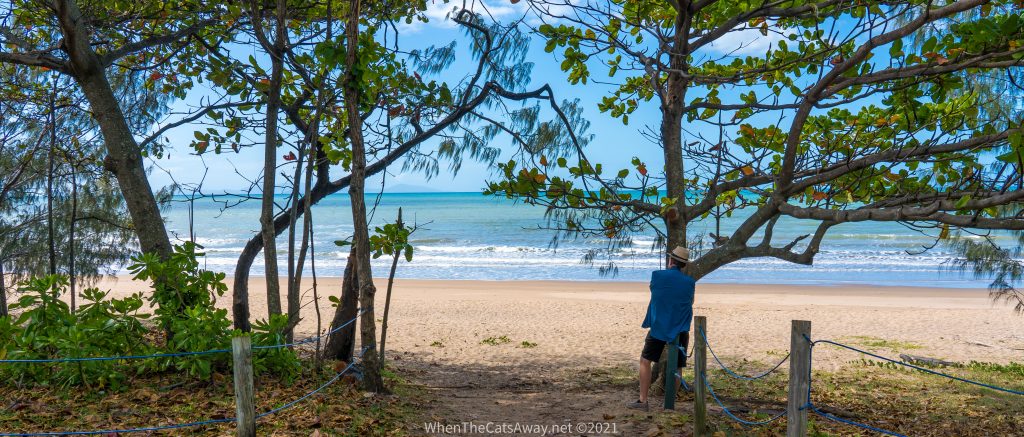
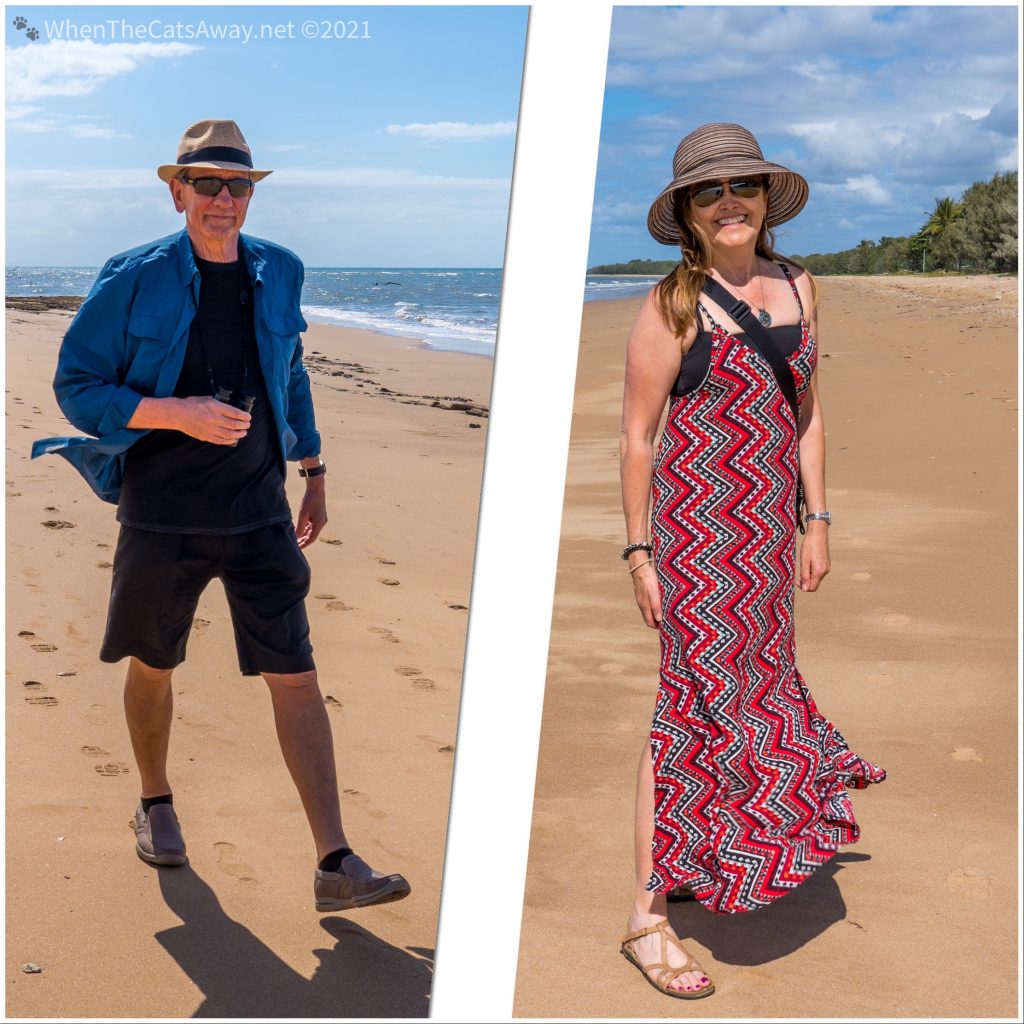
Balgal Beach looks out towards the Palm Islands Group. Great Palm Island is where First Nations people were forcefully placed after being removed from their homeland across Queensland between 1914 and 1971. It is estimated there are at least 43 tribal groups represented now, predominantly descendants from tribes on the (now) sugar-cane growing land between Bowen and Cape York (the top of the east-coast of Australia). The island was considered a penal colony, with First Nations and Pacific Islander people placed there for ‘wrongdoing’ – often just being on land that had now been ‘allocated’ to someone else.
Rattlesnake Island is used by the Royal Australian Air Force for bombing practice, survival courses and live firing training.
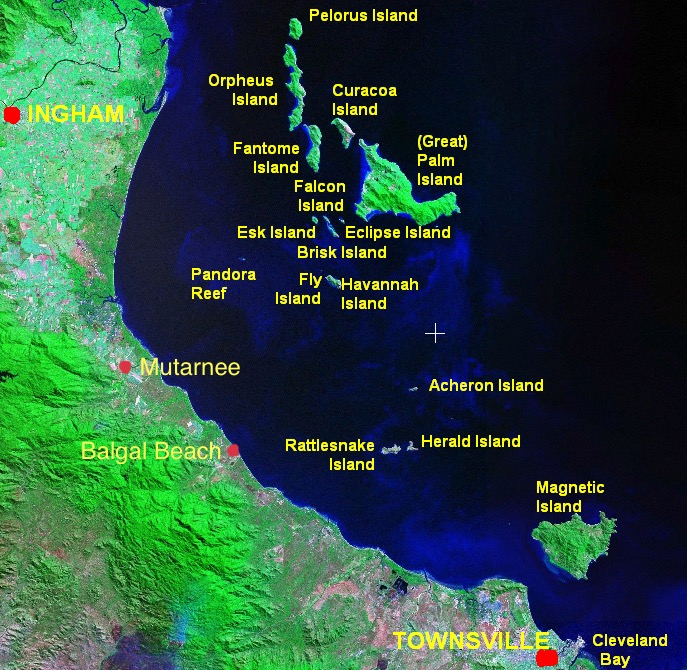
Before long it was time for our day-trip into Townsville, about a 50 minute drive south, for Mark’s eye test. This was a critical test, and the cause of much anxiety over the past two weeks.
To recap, Mark has Glaucoma. This is an eye condition where high eye pressures can cause permanent damage to the nerve which connects the eye to the brain, at worse resulting in irreversible loss of sight, at best resulting in some injury to the optic nerve. He also has Pigment Dispersion Syndrome – this is another contributor to pressures rising, where pigment from the back of his iris can flake off, blocking the fluid drains.
It’s important he gets his eye pressures checked on a regular basis as changes in pressure are painless with no outward signs they’re happening. If caught quickly enough, eye drops can reduce the pressure and repair injured optic nerve cells – once the cells die, they cannot be revived (though there are positive early signs in stem cell research with mice, we’re not quite there yet). Our visit to Townsville was to see whether the extra drops he has been applying over the past two weeks have made any impact on the pressure.
With a great deal of relief, Mark emerged from the optician with a big smile on his face – yes, the eye pressures have returned to normal levels. Hopefully disaster has been averted. More specialist tests are needed in coming weeks to check his peripheral vision and overall eye health, but for now we can breathe easy.
We continued to enjoy our afternoon birdwatching sessions with Bob and his wife Olive on the campground. Paluma National Park is less than five kilometres from the caravan park and is the southern most point of the World Heritage listed Wet Tropics of Queensland. As such the birdlife continues to be prolific. Almost daily there was a new bird to be seen we had not spotted before. In the birding world these are known as ‘lifers’ – ie first time you’ve seen them in your life!
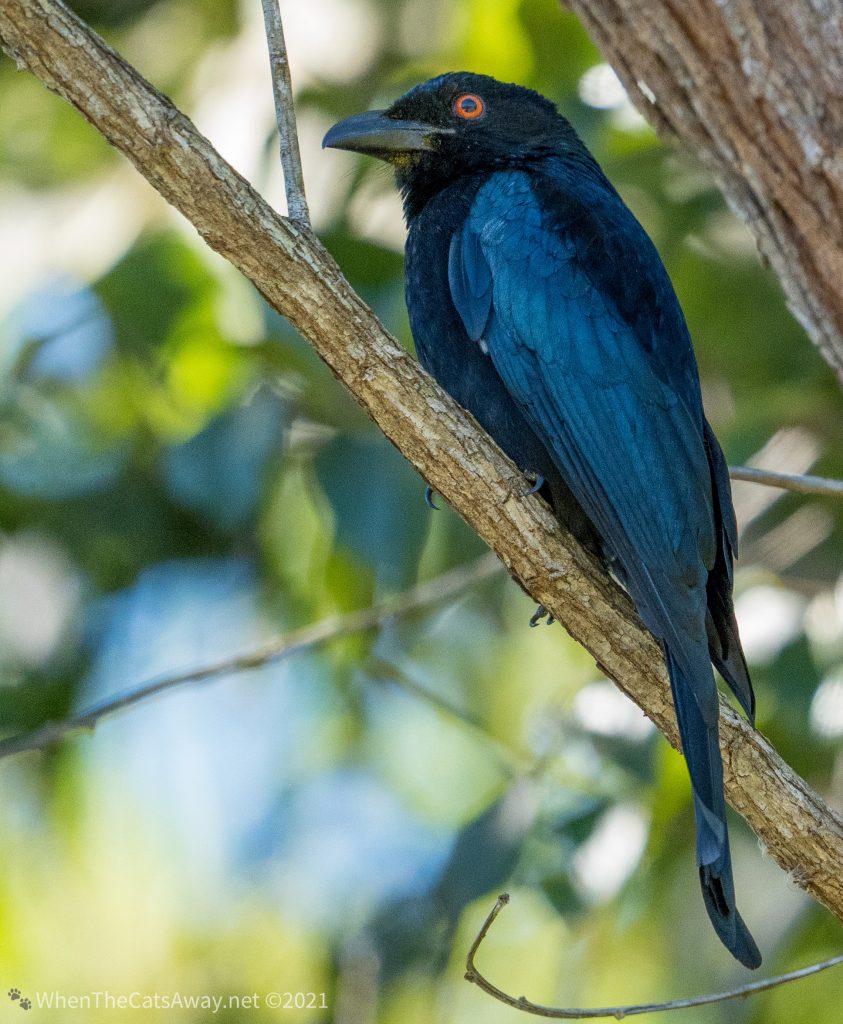
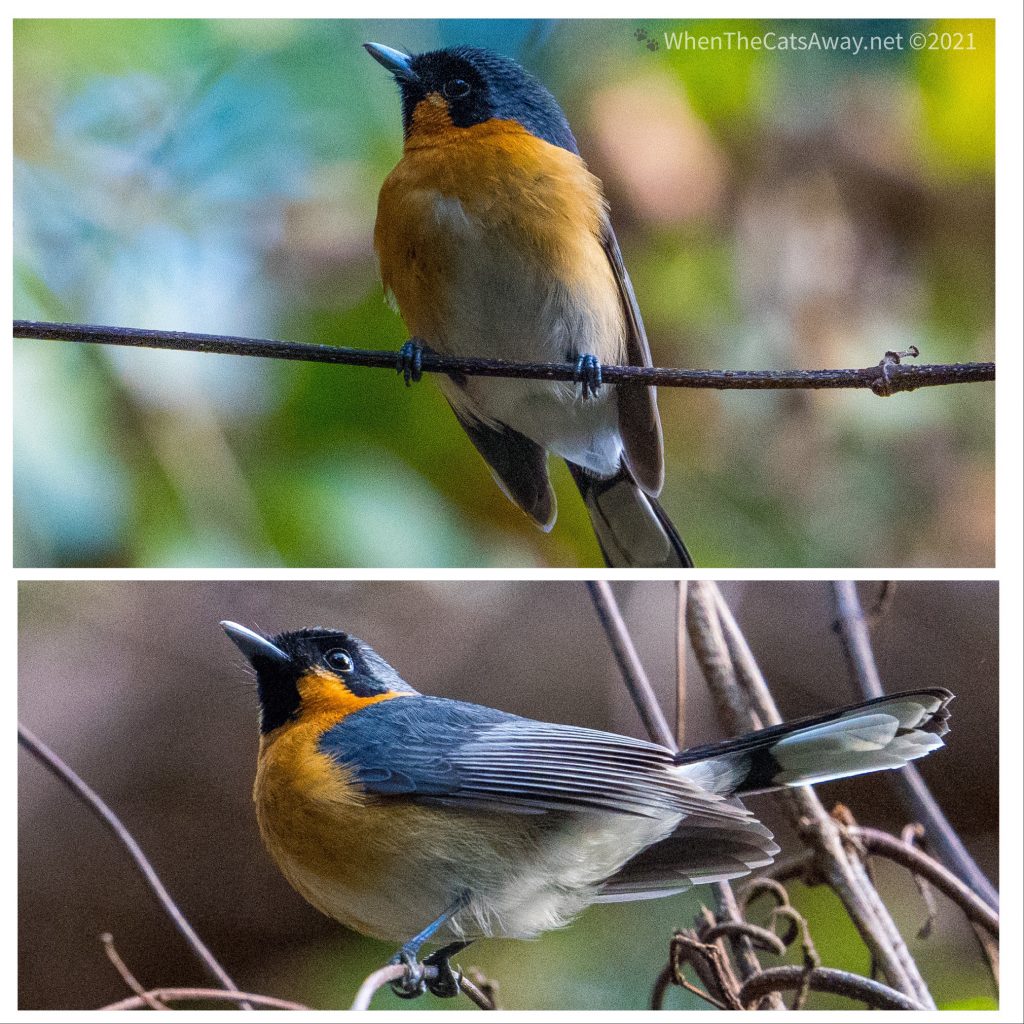
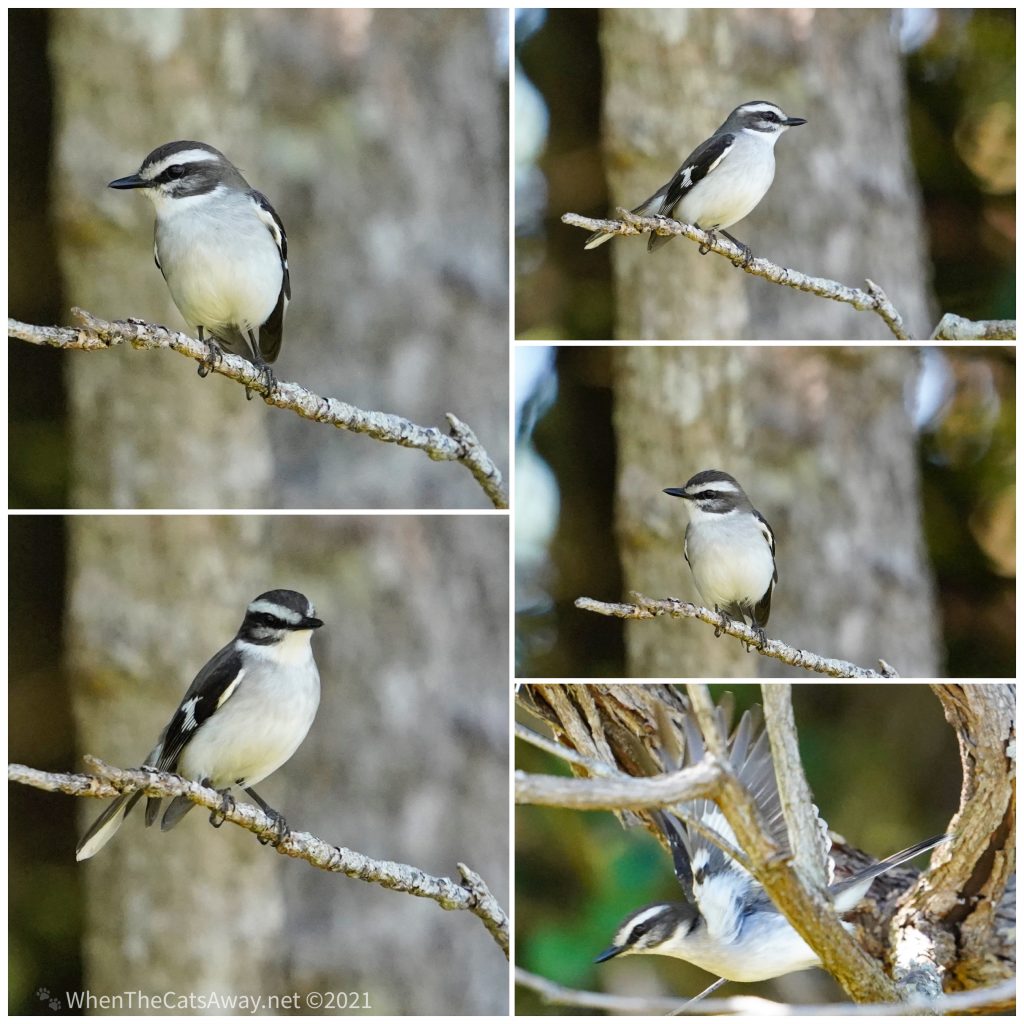
Bob and Olive have really got to know the birds over their six weeks camped here, and noticed particular ones become braver over time. Take this Noisy Pitta for example. They are usually heard but not seen, living in the forest and foraging in leaf litter. But this little chap has become brave and now dashes out to find its food around the palm trees.
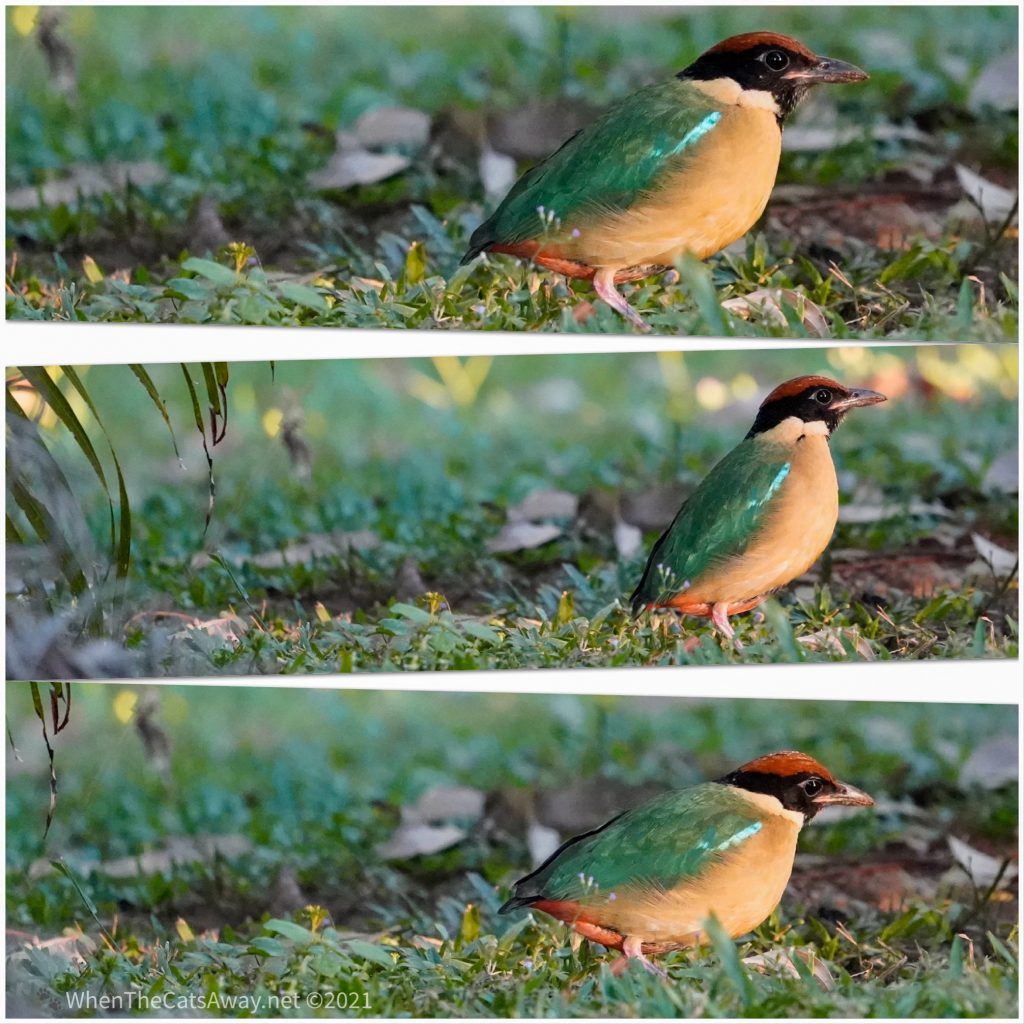
Tiny little birds like these Lovely Fairywrens are more likely to be heard than seen as they hop energetically through the undergrowth searching for insects.
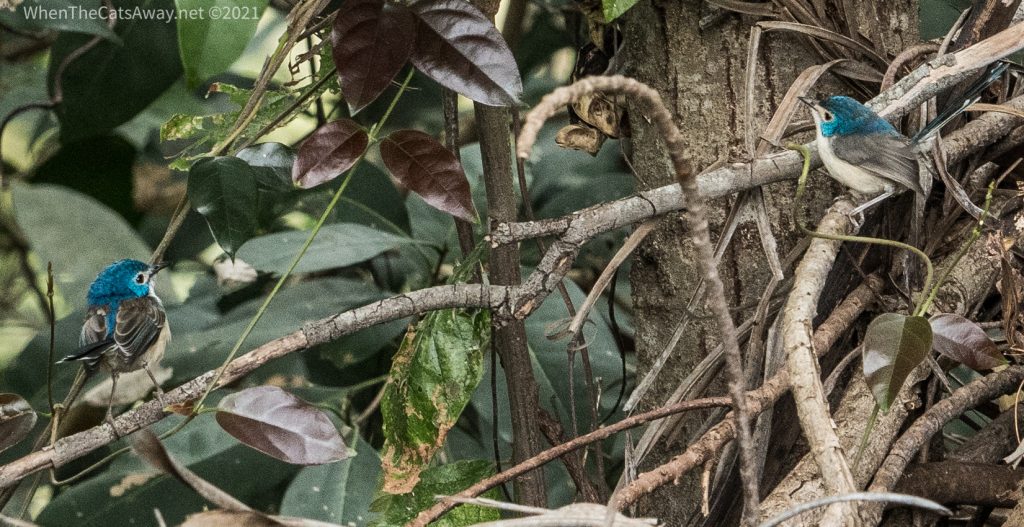
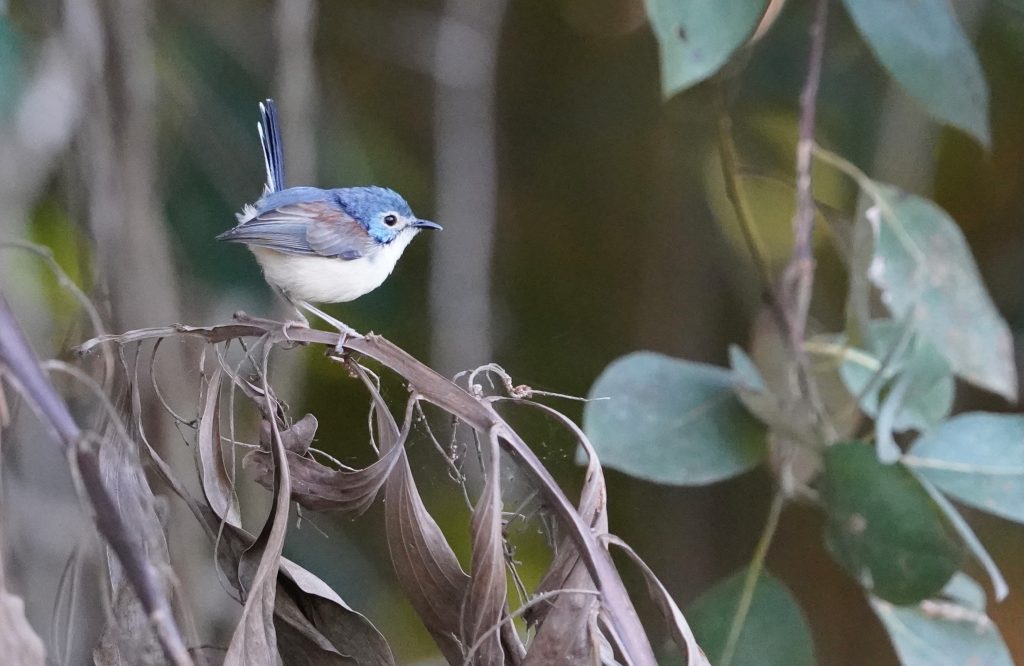
Back at Midge Point I had seen my first juvenile Olive-backed Sunbird, a tiny yellow honeyeater. I was pleased this time to spot the adults, the male with his brilliant yellow tummy and deep blue throat and chest, and the bright yellow female.
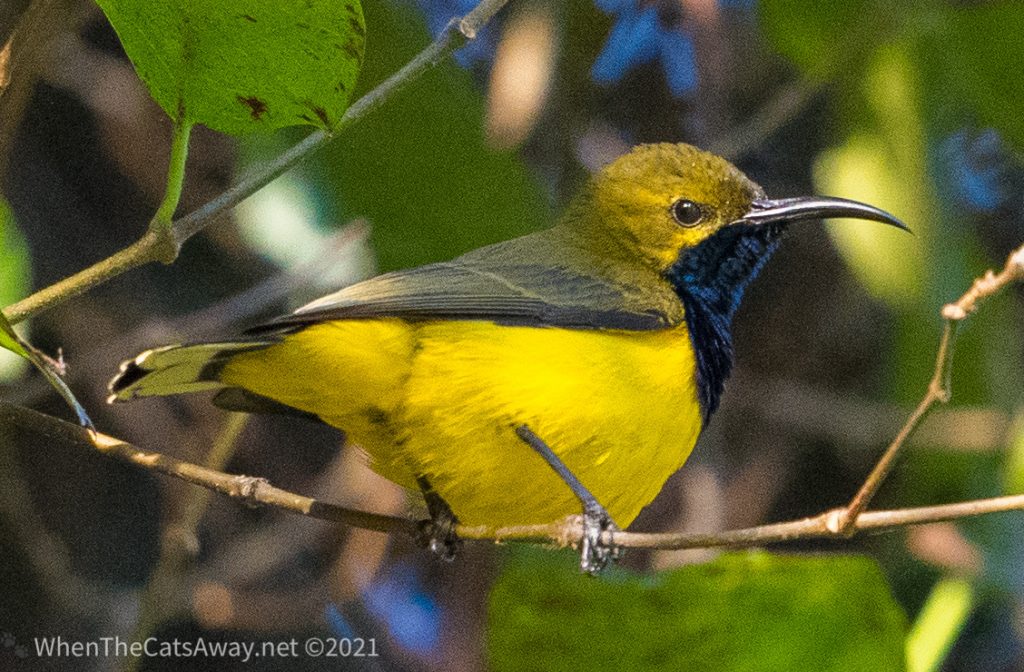
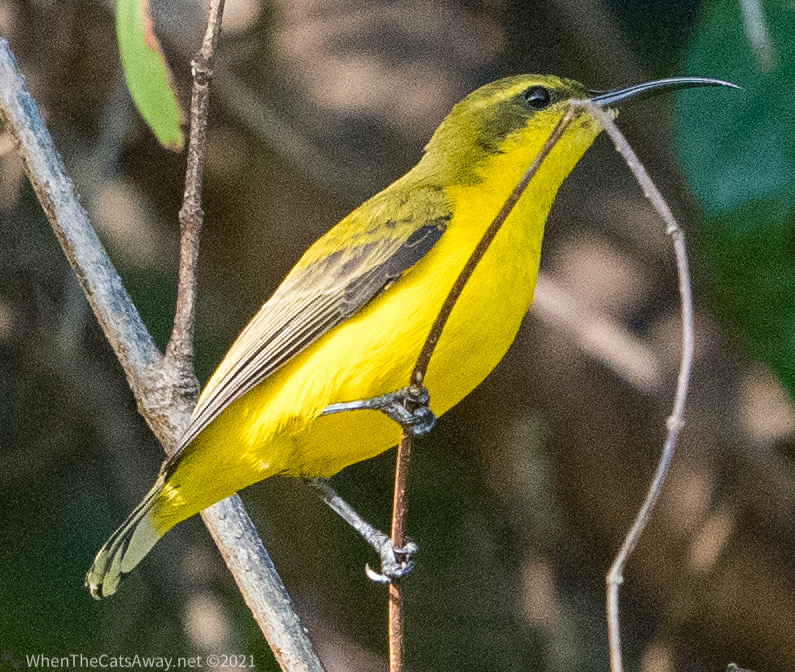
At night, the sounds of croaking and insects takes over from birdsong, our proximity to Crystal Creek meaning there are tree-frogs and cane toads joining the usual chirruping geckos. Each night I had heard a particularly repetitive frog-like (or electric car-locking) sound coming from the trees. Bob enlightened me – it was a Nightjar. He invited me to join him in a spotting that night.
I have to admit, I don’t accept nighttime invitations from all 83 year old men, but I trusted Bob’s intentions were good, and at 9.30pm we were outside in our nightclothes with cameras and torches. Bob had a recording of another Nightjar which he played, and seconds later we were being swooped. The Nightjar settled on the ground at the edge of the forest and we crept over for a look.
This is a Large-tailed Nightjar apparently. The whiskers either side of its beak are there to help it consume its favourite food, moths, aiding in widening its gape. During the day, Nightjars sit on the floor like this or low down in trees in the forest, their plumage keeping them well disguised amongst the leaf litter. It was an absolute privilege to see such a special bird up close, even just for a minute. We turned off the light and our bird flew off to make its ‘ chonk, chonk, chonk’ sound and continue its evening hunting.
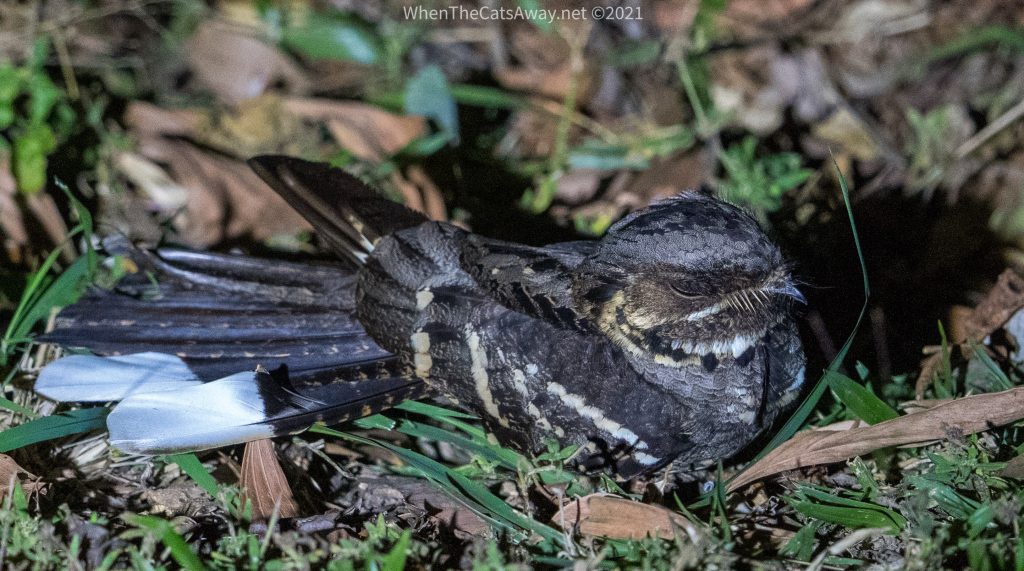
On one particularly warm afternoon, we decided it might be a good idea to head up into the cool of the national park. We wound our way up the precipitous road to Little Crystal Creek. This bridge was built in 1930s depression period as part of a bid to provide employment. The winding road itself, follows what was originally an Aboriginal pathway up into the hills.
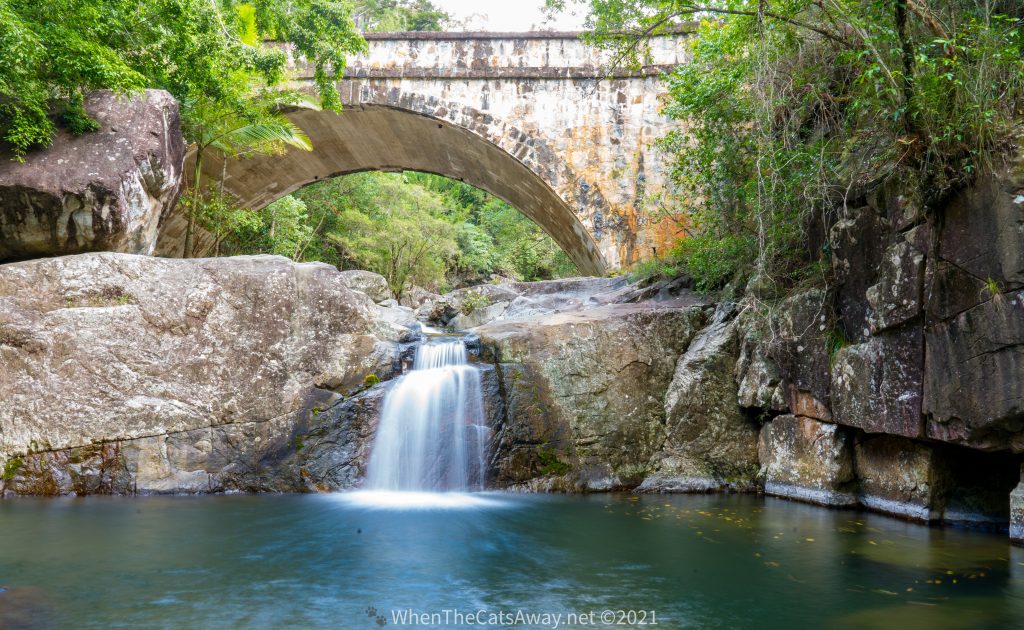
Despite being mid-winter, it was about 30°C on the lowlands, but a more comfortable 25°C up in the hills beside the water and under the trees, especially as any cloud gathers above the range, instantly giving some respite from the sun. We had an explore up and down the creek.
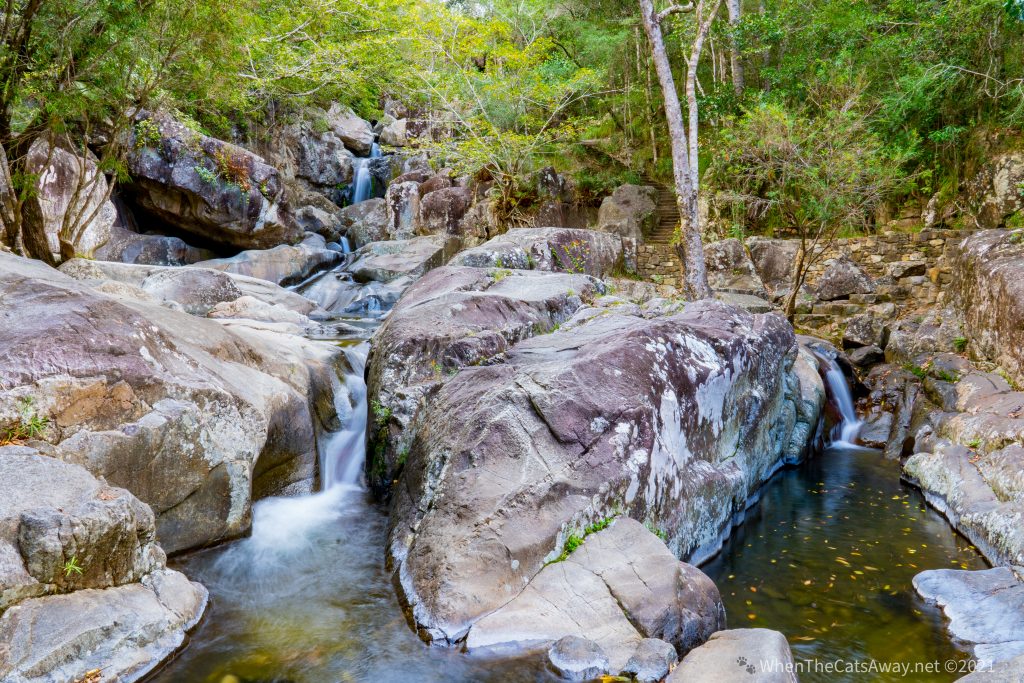
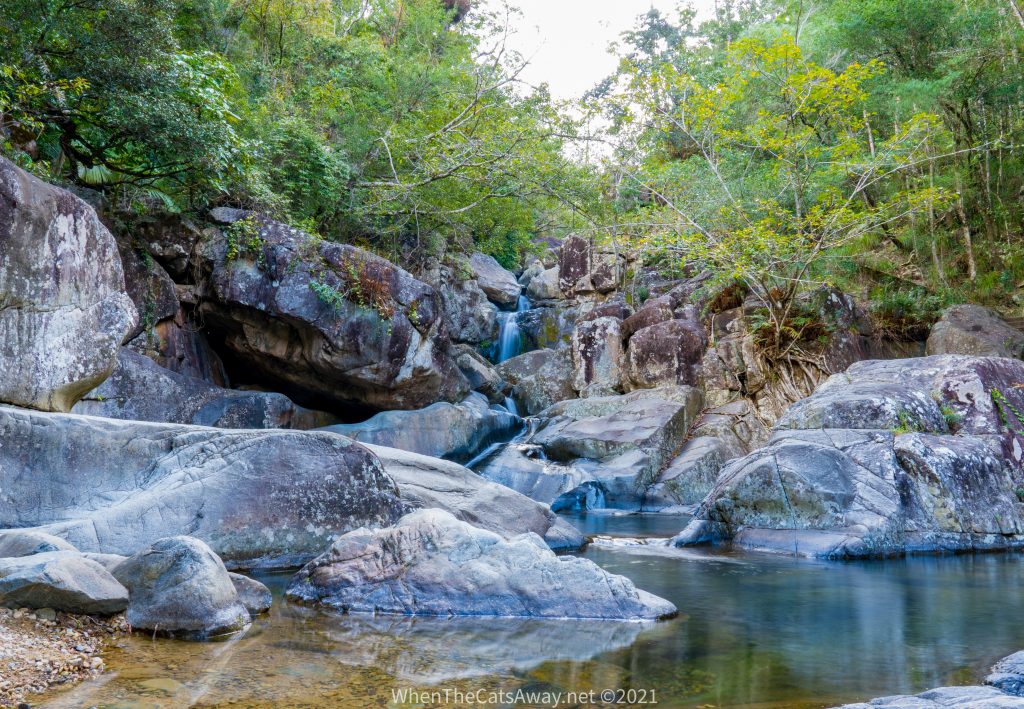
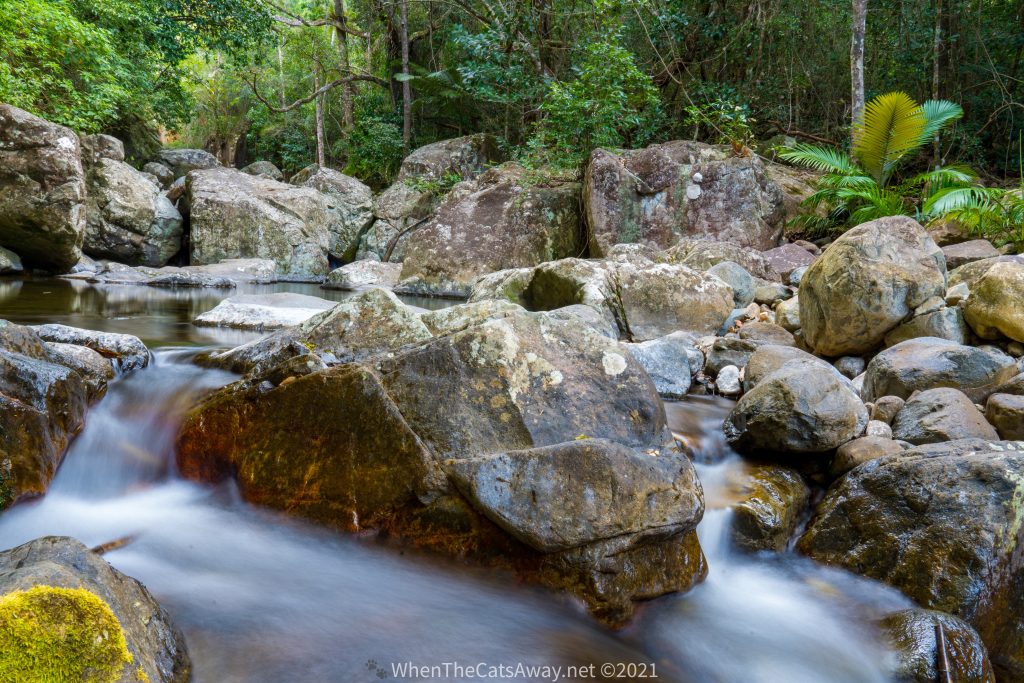
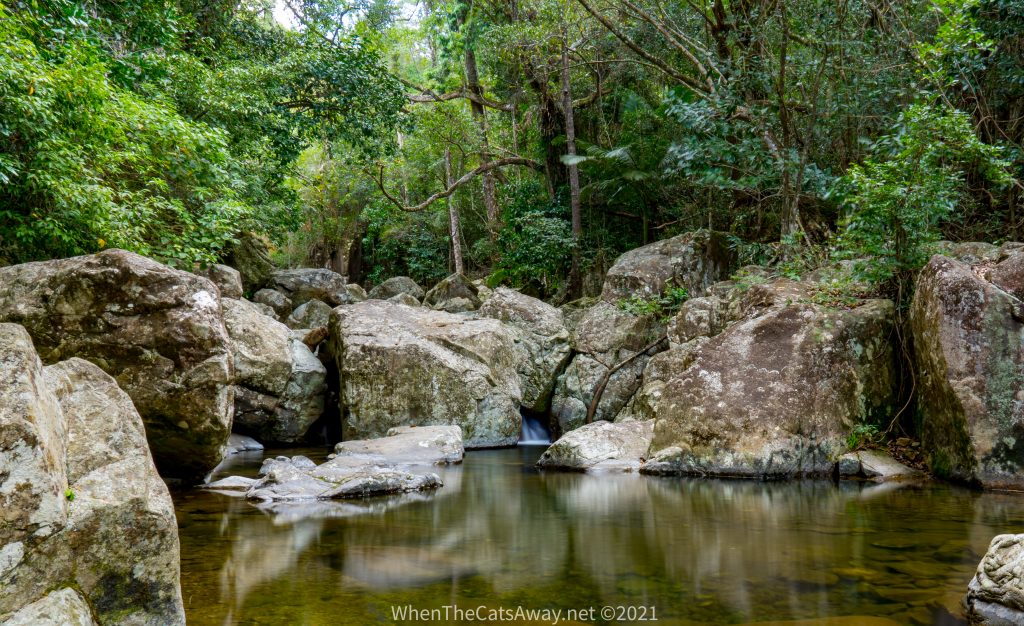
The TYTO wetlands at Ingham were another morning out for us. Despite having visited already, we saw completely different birds this time – not surprising given there are 250 different species resident. The four-metre saltwater crocodile is apparently still at large, but we didn’t spot it. If only the birds could talk!
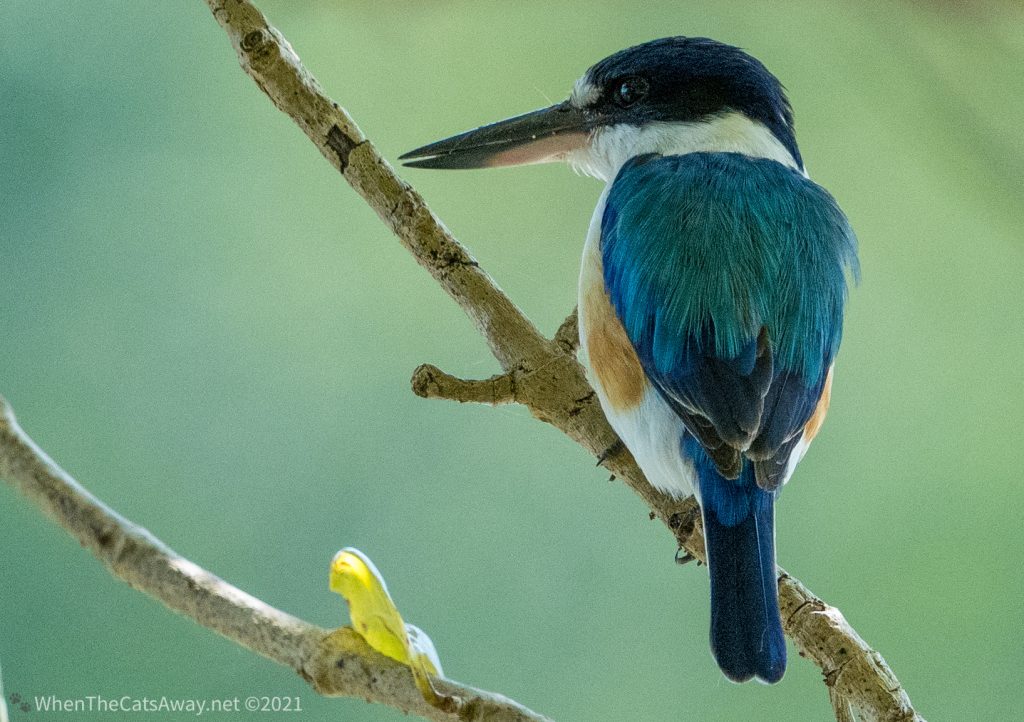
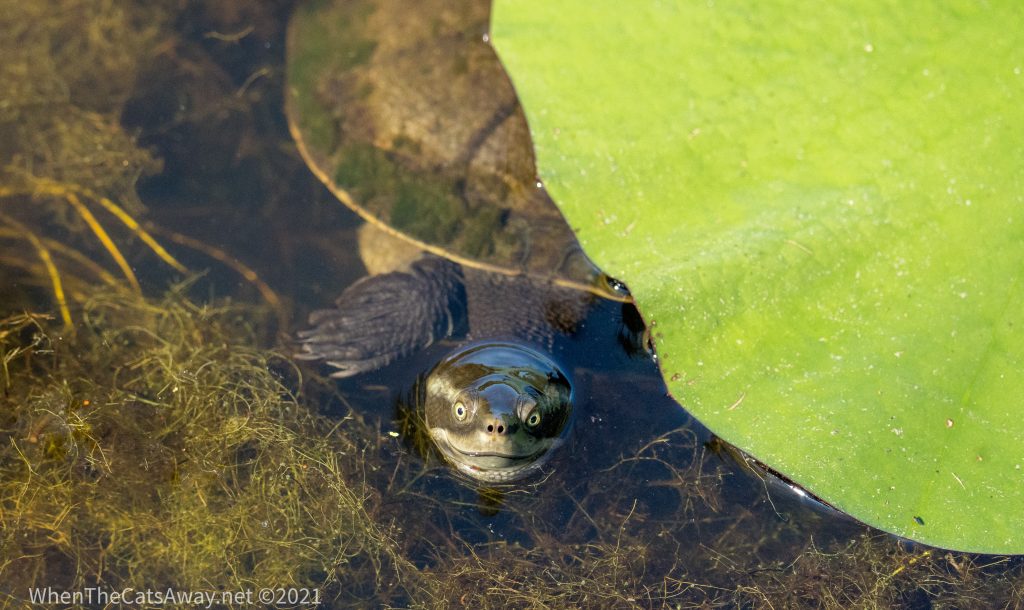
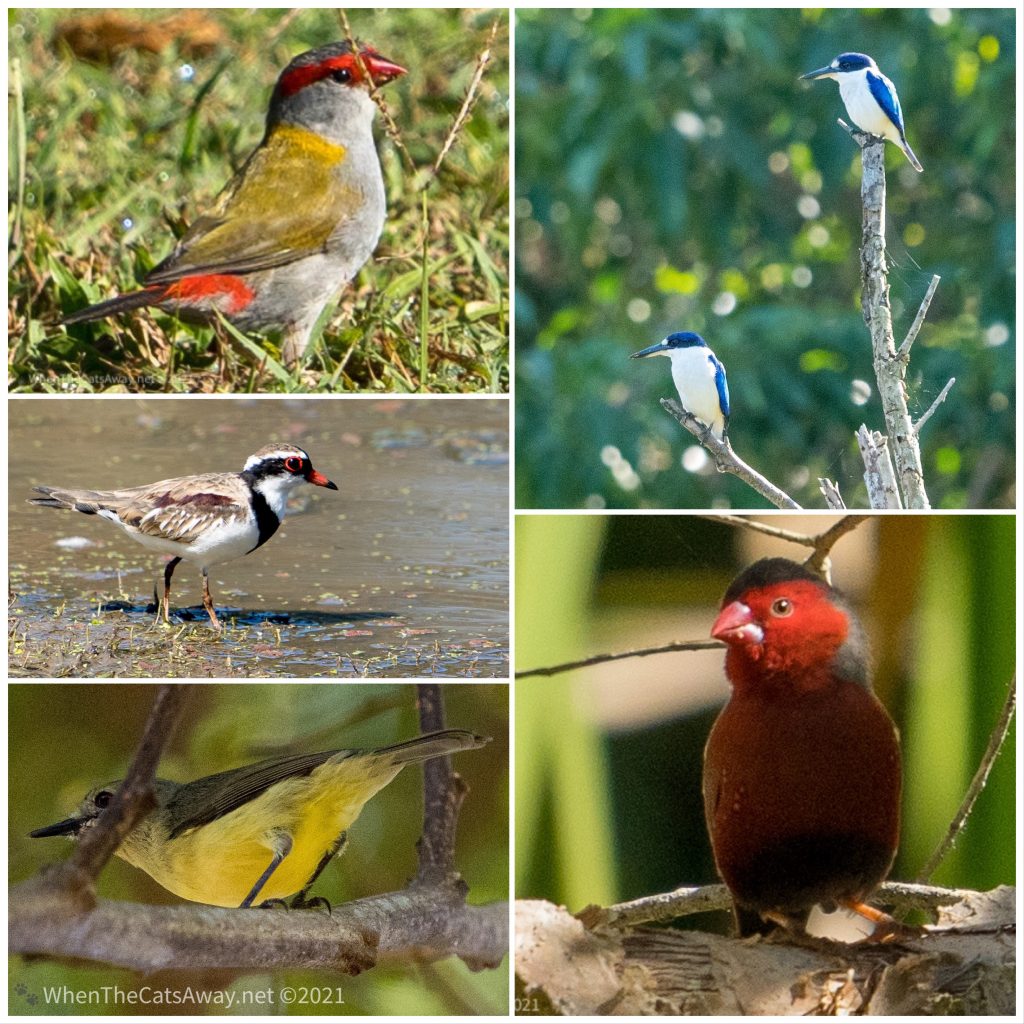
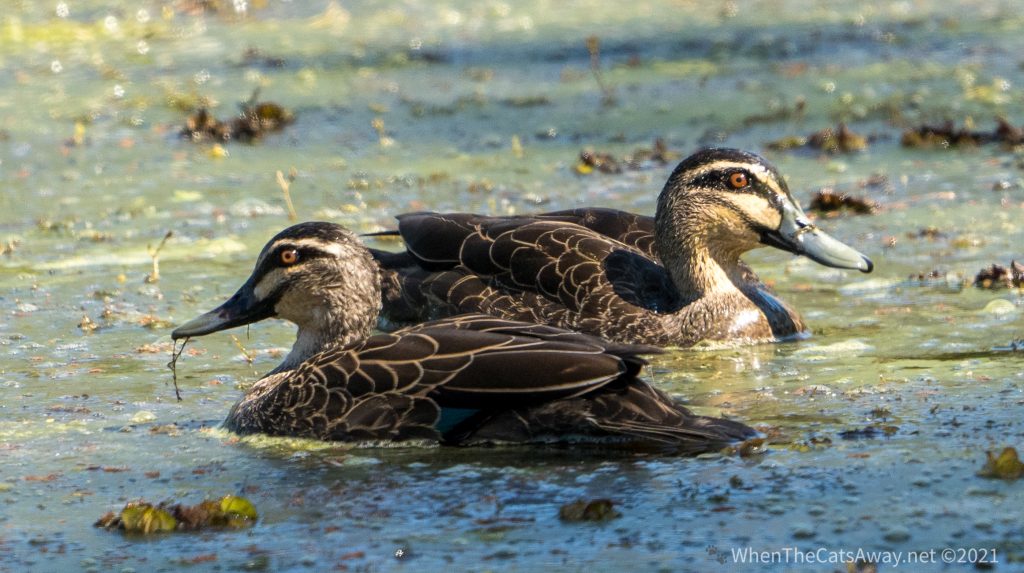
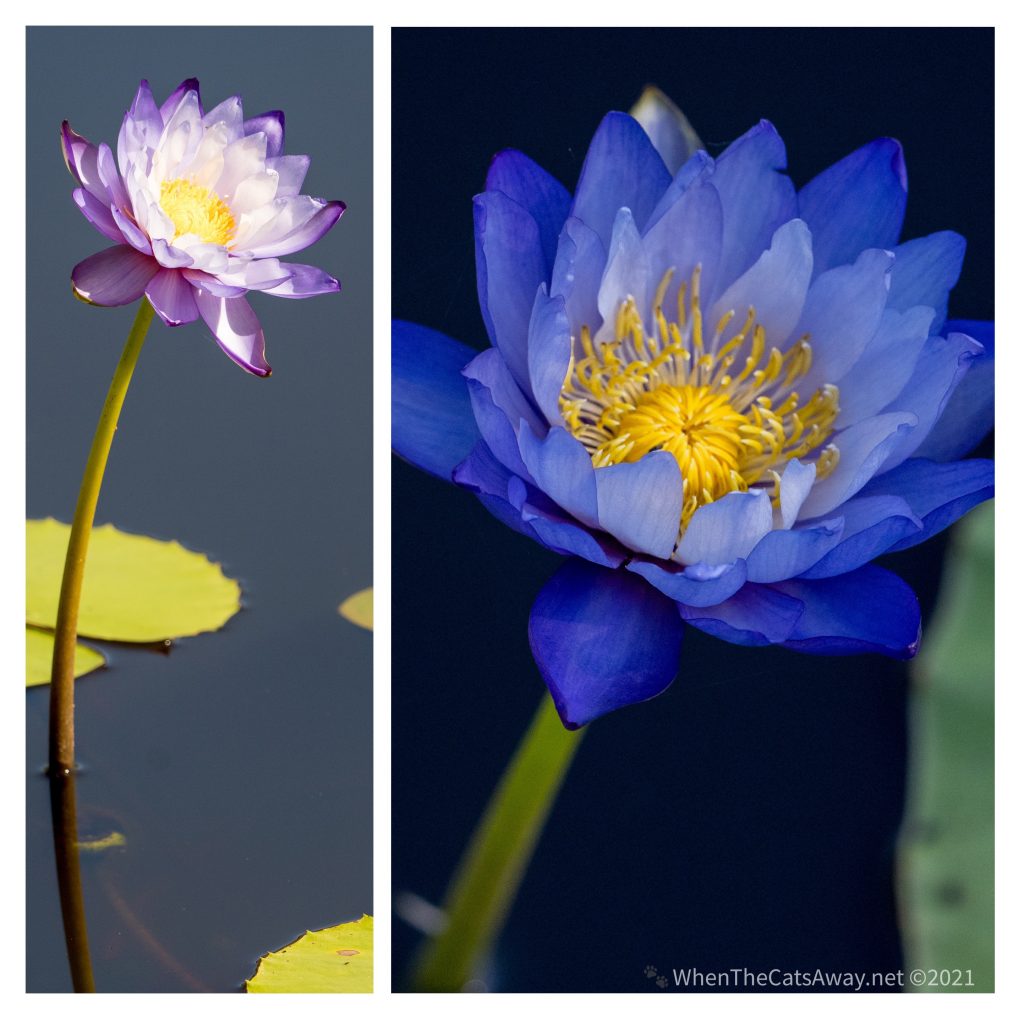
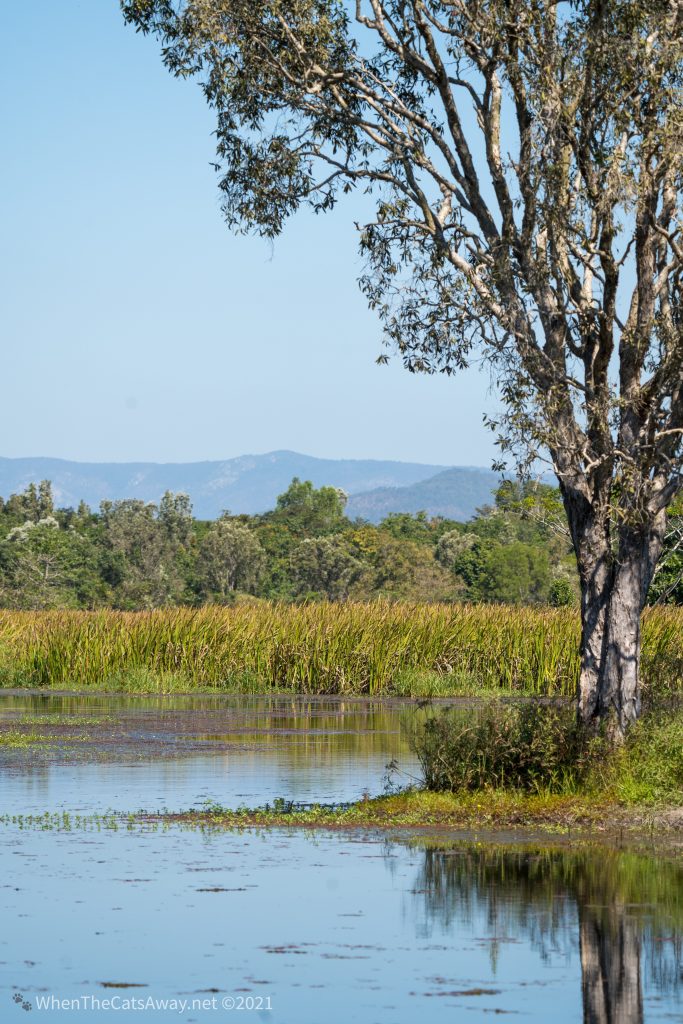
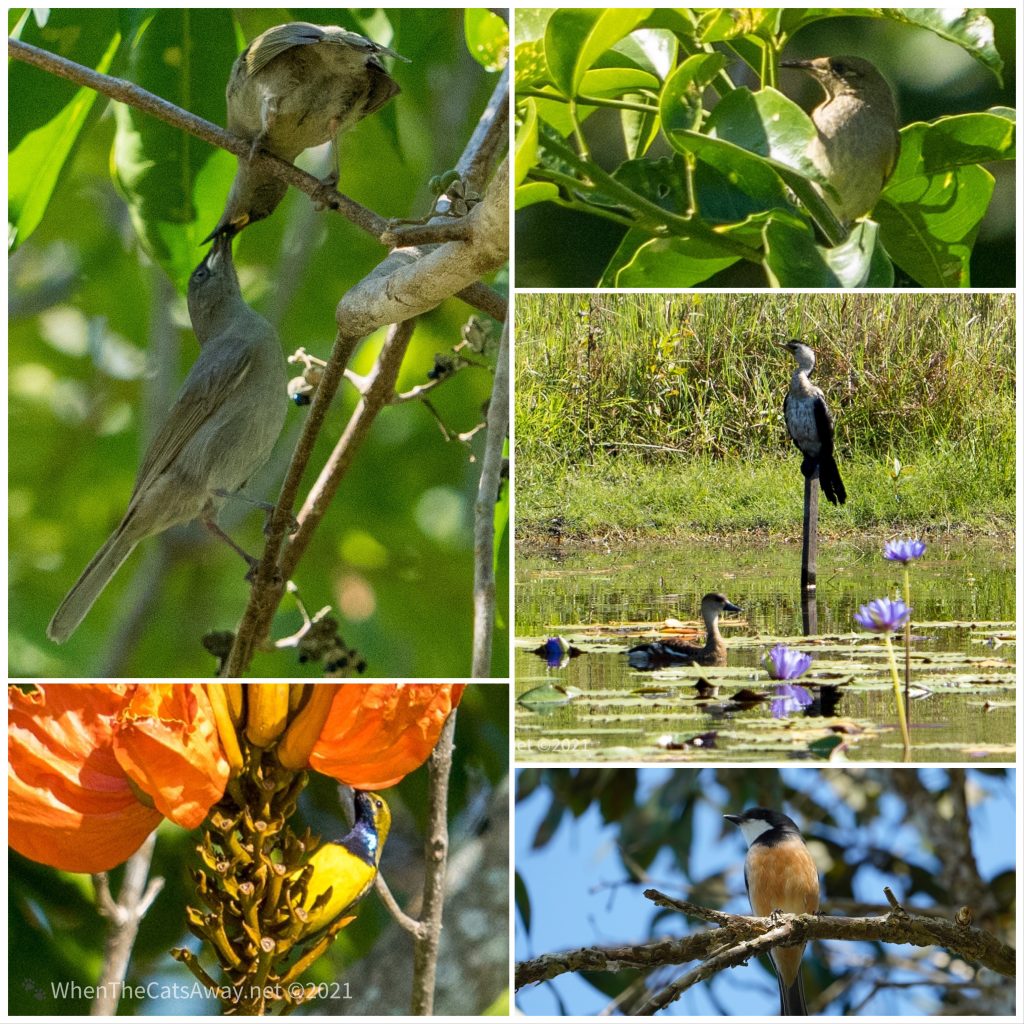
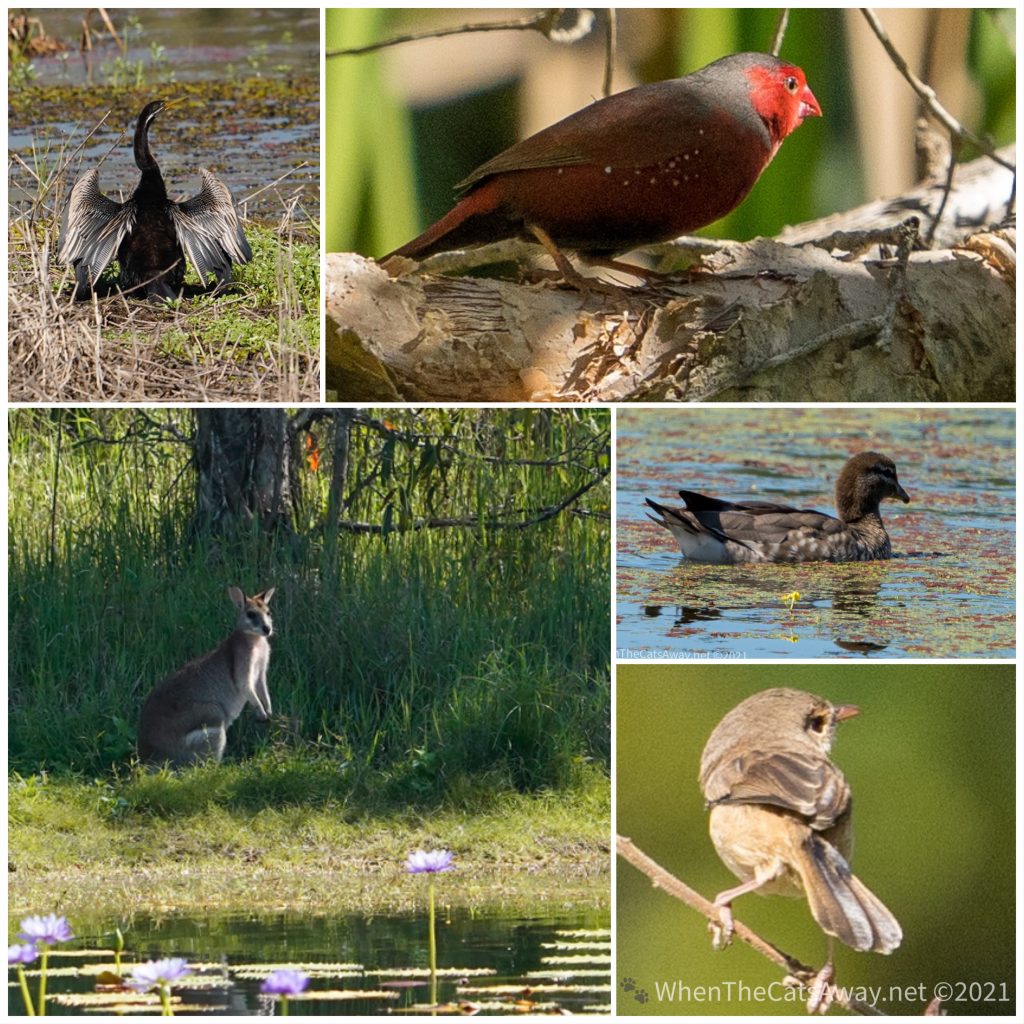
We farewelled Bob and Olive with a platter of nibbles and drinks towards the end of the week, as Olive was heading back to Townsville for her final infusion of chemotherapy. We’ll keep in touch with them for sure – they have a wealth of knowledge and are a lovely couple.
Over our final few days we ensured we continued the afternoon tradition of feathered friend spotting, and added a few more beauties to our list.
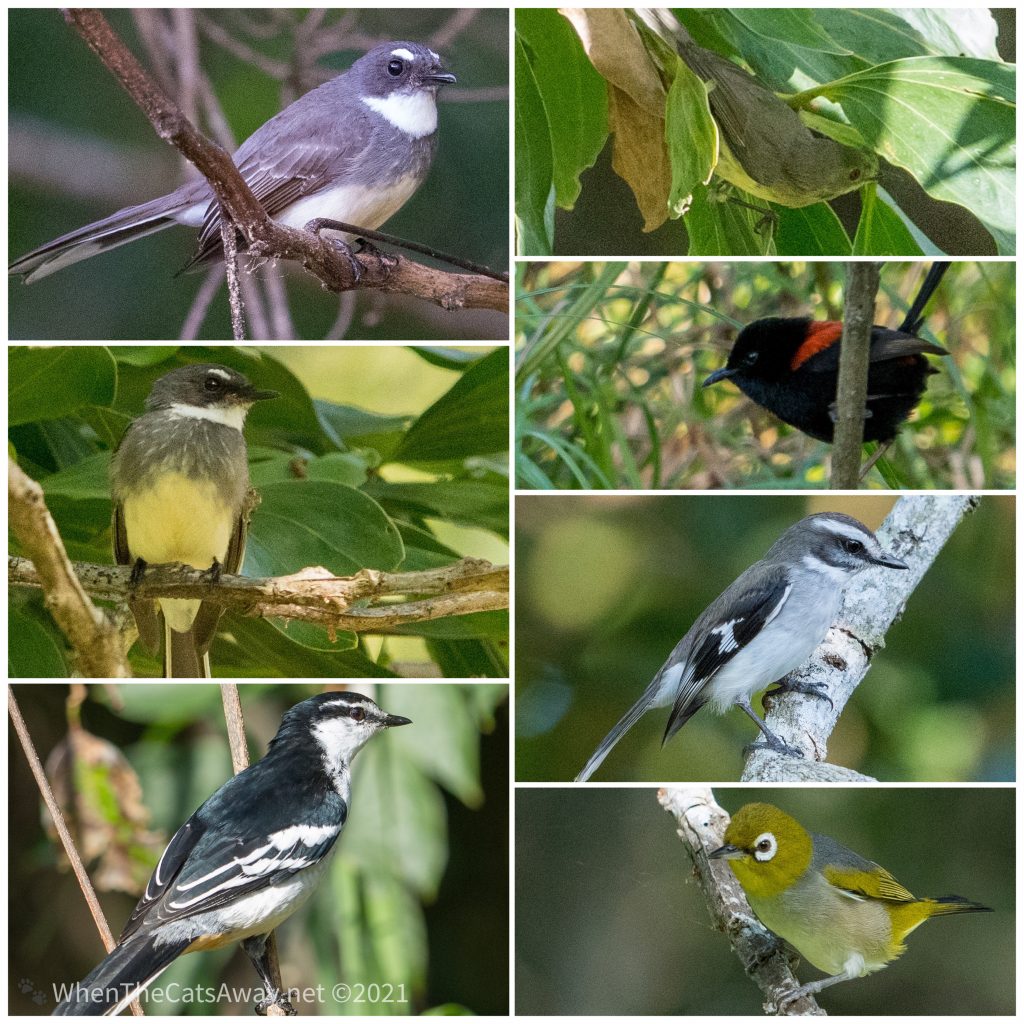
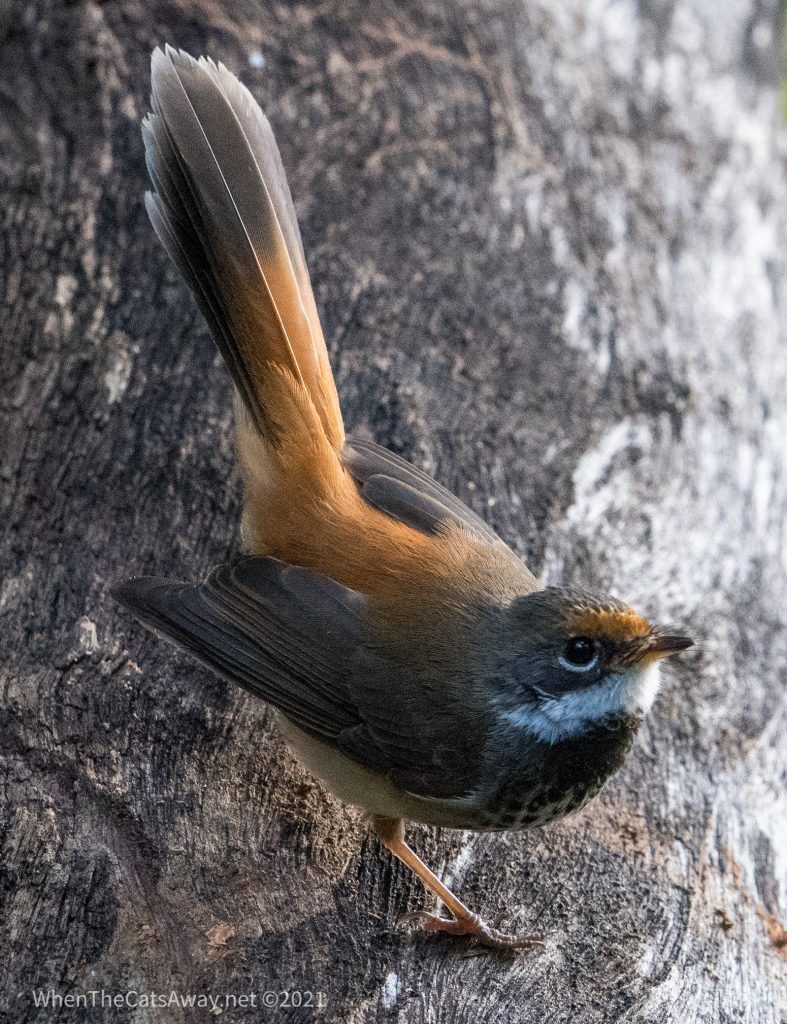
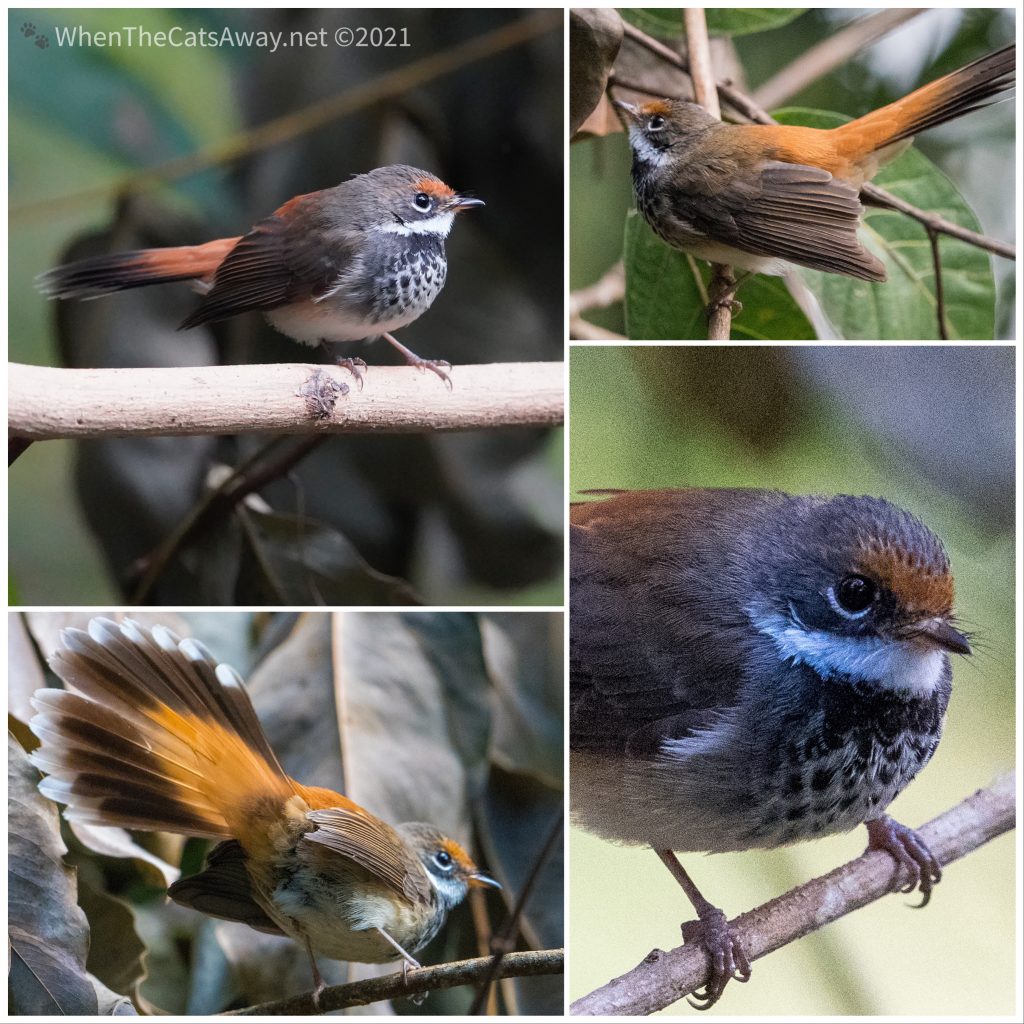
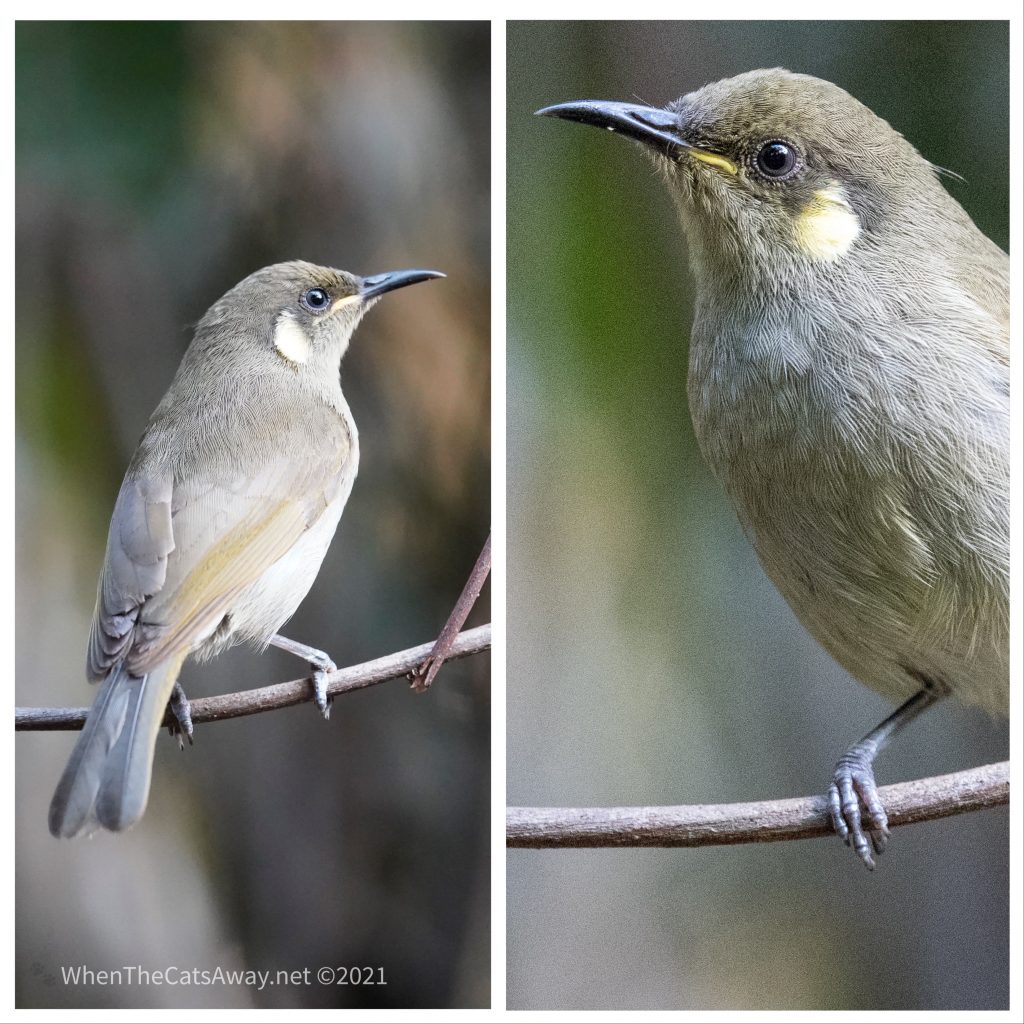
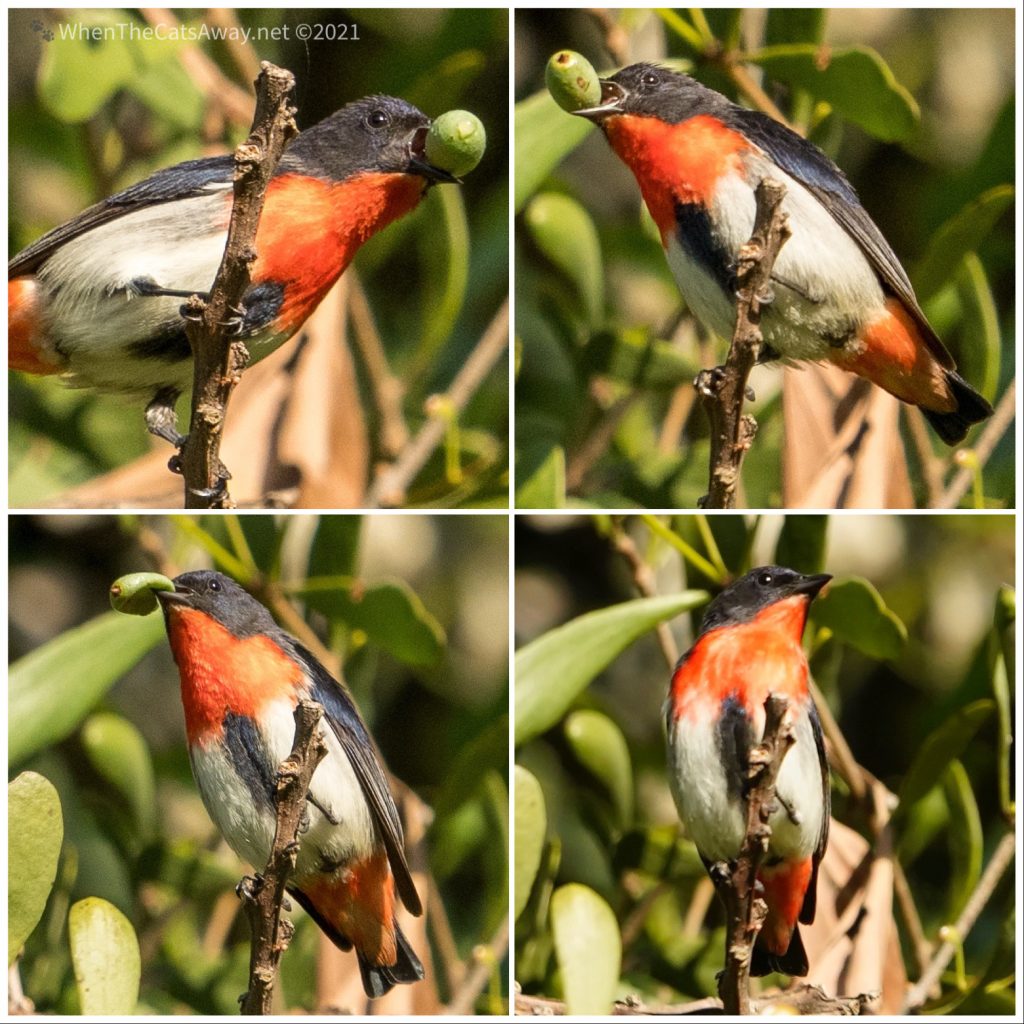
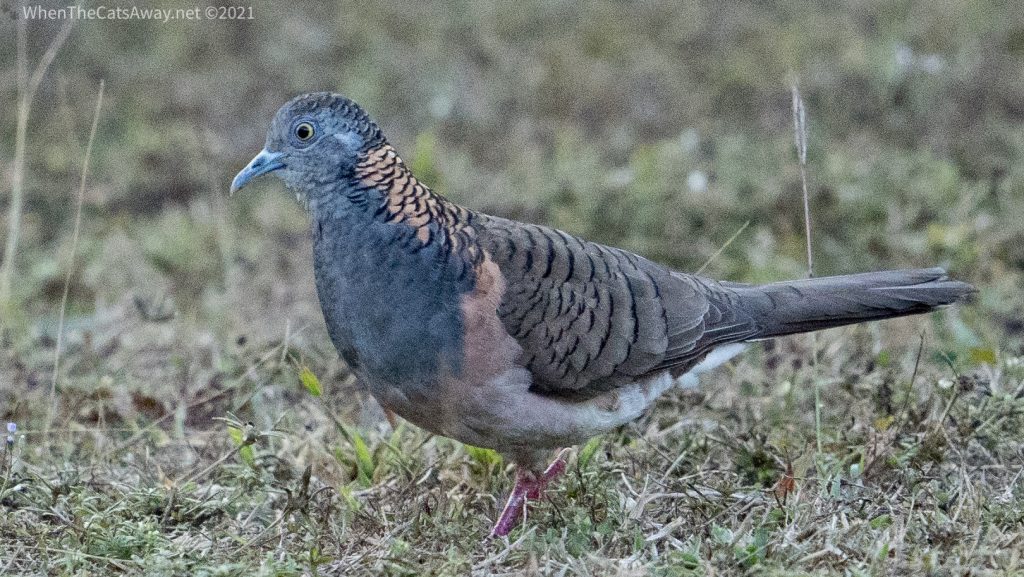
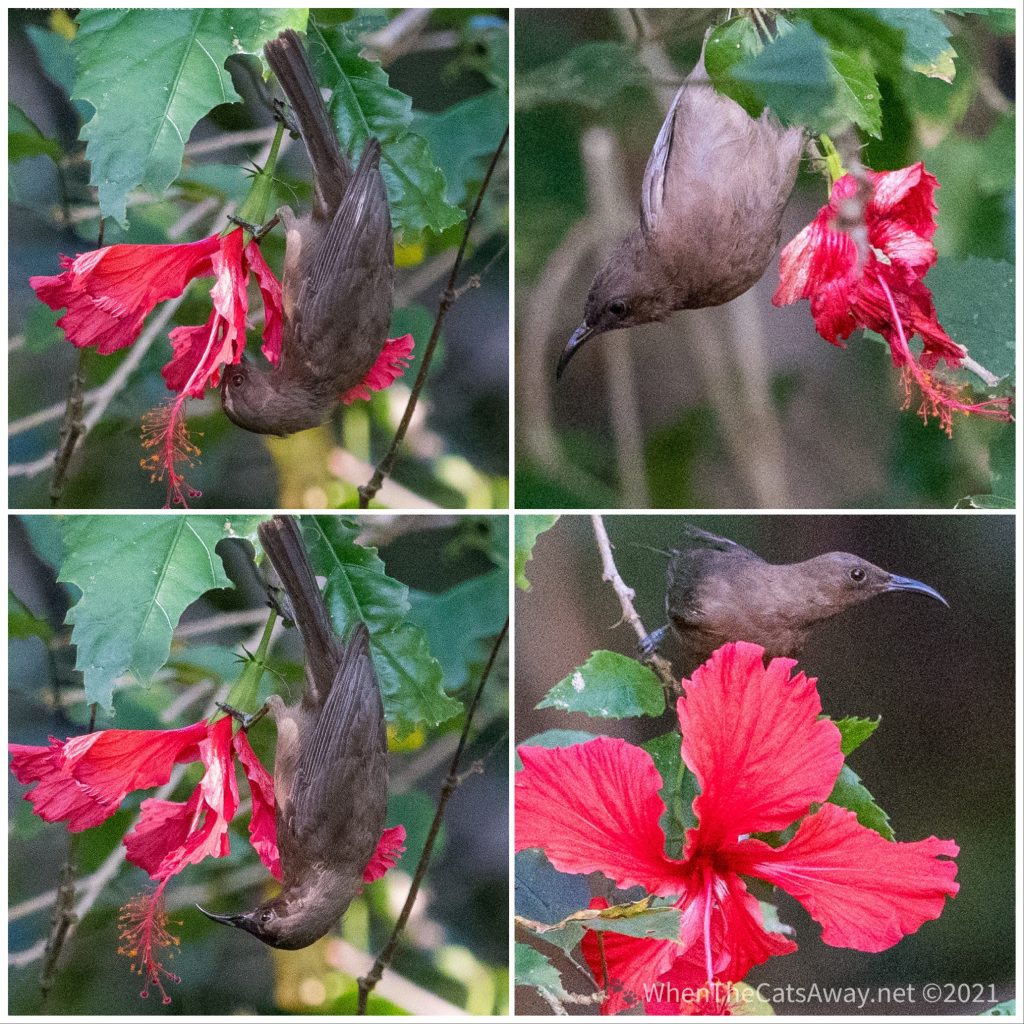
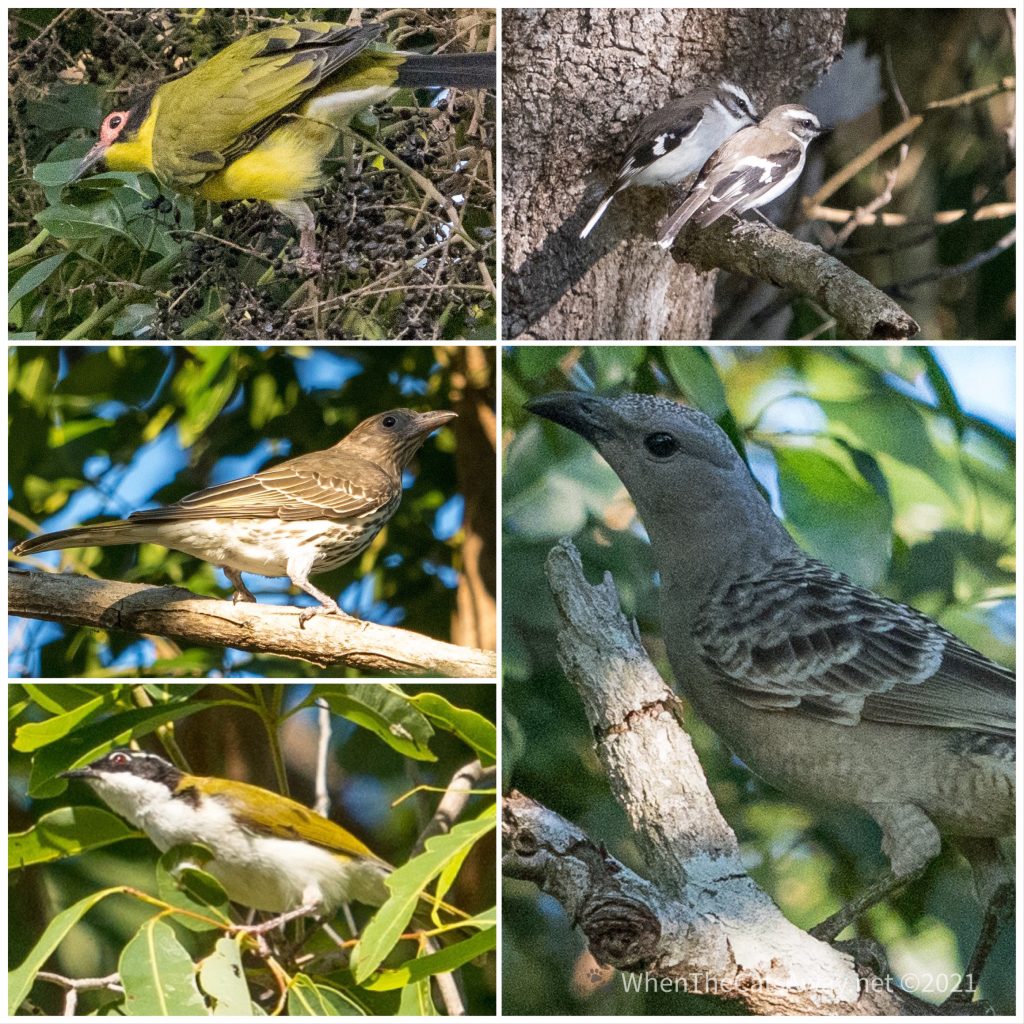
Our time here just flew. By the time we were packing up to head to our next destination of Townsville, we had spent 11 nights in this area – other than spending time with friends, the longest we had stopped in one place since our lockdown in the UK last year! There is just so much to see and explore here if you are interested in nature and beautiful scenery. Definitely one for your list.

